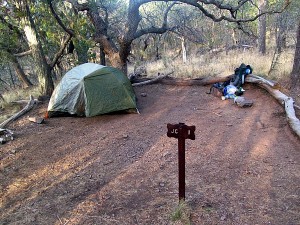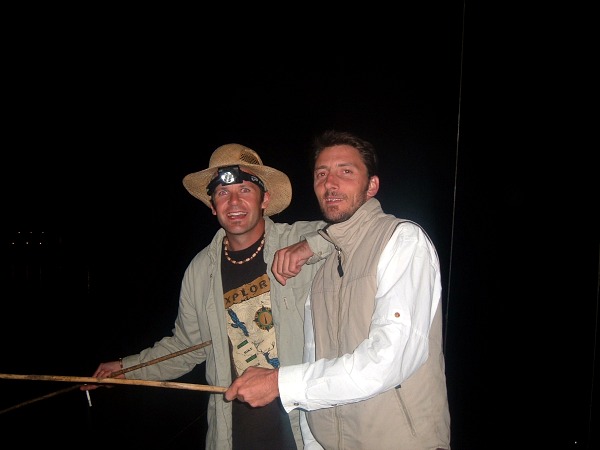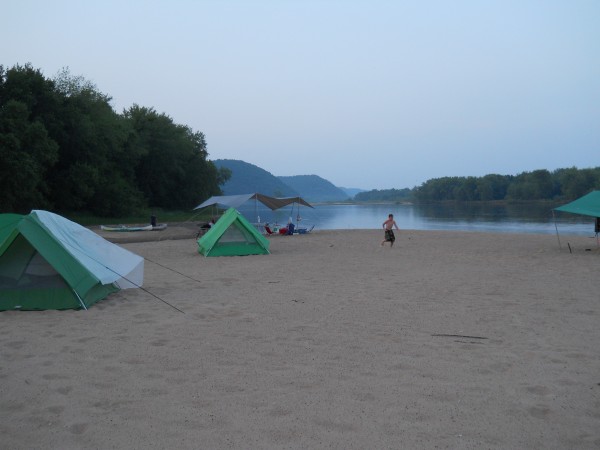
How are the mosquitoes on your last trip – The mosquito per beam can let you accurately disseminate that information
Before the mosquito per beam calculation
When someone asked you how the mosquitoes were on your latest camping trip, how did you reply? Probably you said something like this: “they were awful,” or “they were horrendous,” or perhaps “they sucked,” and if you were lucky you might have said “they were not bad.”
What do these descriptions mean though? They can mean something completely different to listeners depending on their point of view. If someone particularly hates mosquitoes, perhaps one buzzing past their ear on a trip constitutes bad, while someone used to the bloodsuckers who loves the outdoors no matter what can tolerate a horde. Also, some people are more susceptible to mosquito harassment than others.

Nobody likes the pesky blood sucking mosquito – Photo from Wikimedia – Jim Gathany – This media comes from the Centers for Disease Control and Prevention’s
The truth is there is no way to accurately reflect the mosquito experience from storyteller to audience. You can vary your voice or swing your arms madly to add effect, but what if the story is written? I guess you could capitalize words – HORRENDOUS! You can even add dashes and extra exclamation points at the end for added emphasis – A-W-F-U-L!!!!!!!! In the end, even in written word you fall under the pitfall of subjectivity. The problem is there is no way to quantify the mosquito numbers. Numbers don’t lie as they say, so there needs to be a way to relate the mosquito experience in numbers.
Flood’s Farm scale – the forerunner of the mosquito per beam
On my first canoeing trip in Wisconsin, we camped at a farm in southern Wisconsin adjacent to swampy fields and ponds. The mosquitoes were quite active. We had a screen tent and the whole side of the tent one morning was black with the flying nuisance. Since then, our family has used the Flood’s Farm as the number 10 in quantifying mosquito activity. This was the first attempt to quantify mosquito annoyance.
We would be on the Wisconsin River and the mosquitoes would swarm at dusk, and my dad would comment that they were an 8 on the Flood Farm index. We once went on an adventure canoeing trip in Quetico where we had to readjust the scale. The mosquitoes were so bad that they were a 15 on the Flood’s Farm scale. The Flood’s Farm index was broken and out of this experience a new more accurate scale emerged.
This was a good thing because the Flood’s Farm number was meaningless to 99.99999999999 percent of the population. Although the Flood’s Farm scale used a number, it was not perfect because a 10 on the bad mosquito scale could vary from person to person depending on their tolerance and vary depending on the sweetness of their blood.
The Mosquito Per Beam (MPB) calculation is born
A few years ago while canoeing Quetico Provincial Park, my dad and I were drinking Old Grandad on a rocky ledge looking out over Lake Saganagons. We had experienced an awful day where the mosquitoes were persistent all day long in agonizing numbers. Usually, mosquitoes are not so bad during the hot midday sun and really only become a pest during dusk and dawn. On this day, they were atrocious at any point we stepped out of the canoe.
Having to portage the many waterfalls of the Falls Chain, this was often. Each time we got out of the canoe, we were swarmed. It can be hard to fight off mosquitoes when carrying a 75 pound canoe on your shoulders.
Mosquitoes usually go to bed when it gets completely dark or at least moderate, but they were outrageous all night long. Every time I turned on my headlamp, they dived around my ears and face in obscene numbers. When I clicked on that light and was surrounded by the pests, a light clicked on in my head. The mosquito per beam calculation at that moment was born.

When the light bulb turned on on top of my head, a light bulb turned on in my brain and the mosquito per beam calculation was born
That idea became the mosquito per beam calculation or the MPB. The idea is simple: every time you turn on your head lamp, you count the number of mosquitoes that hover across your light for 30 seconds. Any mosquito that lands on you or buzzes your ears during the 30 second interval counts in the calculation. After the 30 seconds is over, you have your MPB number. On this trip and on this night I think the number was in the hundreds.
Now when someone asks: how were the mosquitoes on your canoeing trip? You can say, they were a 30 on the MPB calculation and the listener can not only know in terms they can understand, they can compare this to their own trips. It can also be useful during a trip. Your partner could be in the tent wondering if they should put repellent on or deciding on a long sleeve or short sleeve t-shirt can yell out to people outside, “hey, what is the MPB?” and immediately get good intelligence on how to dress and whether or not to dope up.
What adventure travel trip did you find the MBP to be off the charts?
The goal of Traveling Ted is to inspire people to outdoor adventure travel and then provide tips on where and how to go. If you liked this post then enter your email in the box to get email notifications for each new entry. Daily travel photos are excluded from your email in order to not flood you with posts. There is no spam and email information will not be shared. Other e-follow options include Facebook (click on the like box to the right) or twitter (click on the pretty bird on the rainbow above).
On the right sidebar is a donate button. If you would like to donate in order to support the site, it would be appreciated. All donations would cover travel expenses and improvements to make the site better.













You have too much time on your hands while camping to think about things. As I read this, though, my right ankle is covered in mosquito bites from the weekend at the lake. I do find some people, particularly those lovelies who smell much better than us guys, deal with mosquitos much more. So I suspect the ratio would be higher for women.
Trips By Lance recently posted..Discovering Friendly Puerto Vallarta
It is too bad no one shot you an MPB for the lake. Perhaps you would have been more prepared and not ended up with itchy ankles. It would be nice if all campgrounds, adventure companies, and national parks would put a current MPB on their website. I can see that one day occuring.
Tedward, I can’t even deal right now. You are too much. And I seriously LOLd at Lance’s comment that you have too much time on your hands.
Francesca (@WorkMomTravels) recently posted..Behind the scenes at Vienna’s Spanish Riding School
Yes, I know I am amazing. I need to patent this discovery 🙂